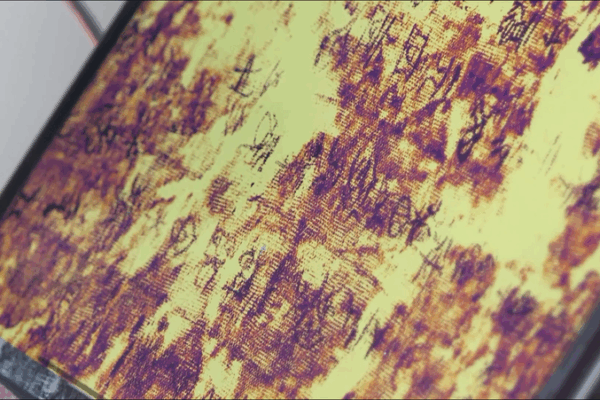
Infrared Imaging Unveils Hidden Warring States Silk Manuscripts
Infrared imaging reveals over 40 hidden characters in 2,000-year-old Warring States Zidanku silk manuscripts, offering insights into ancient science and preservation.
My Global News: Voices of a New Era
🌍 Stay Ahead, Stay Global 🚀

Infrared imaging reveals over 40 hidden characters in 2,000-year-old Warring States Zidanku silk manuscripts, offering insights into ancient science and preservation.
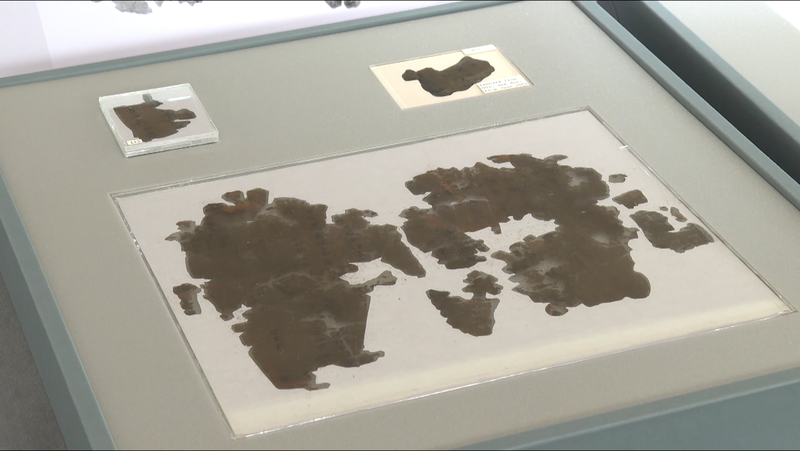
After 79 years abroad, two rare Zidanku silk manuscripts from the Warring States Period have been returned to China and will be preserved at the Hunan Museum.
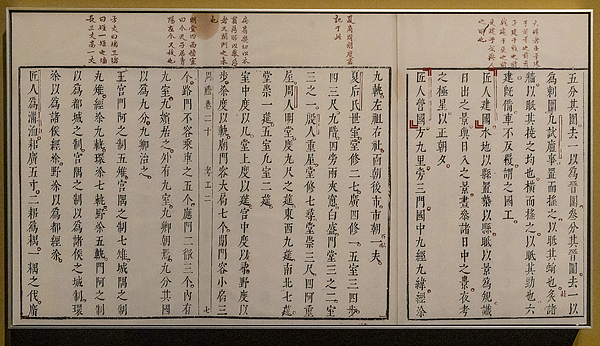
Explore the Kao Gong Ji, the world’s oldest surviving technology encyclopedia and urban plan from China’s Warring States period, revealing ancient city-building and bronze craftsmanship secrets.

A newly confirmed tomb in Anhui Province reveals King Kaolie of Chu’s legacy from the Warring States Period, offering modern insights into information wars and trade conflicts.
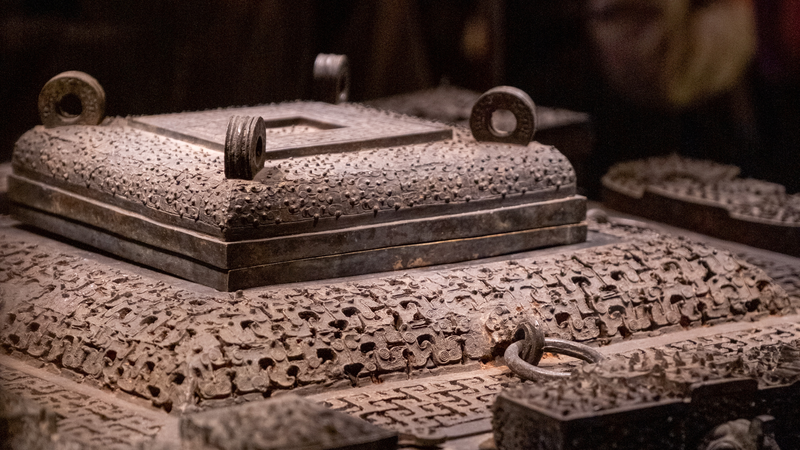
Discover how ancient Chinese nobles beat summer heat over 2,000 years ago with the ingenious bronze bingjian wine cooler, a cutting-edge cooling system of its time.
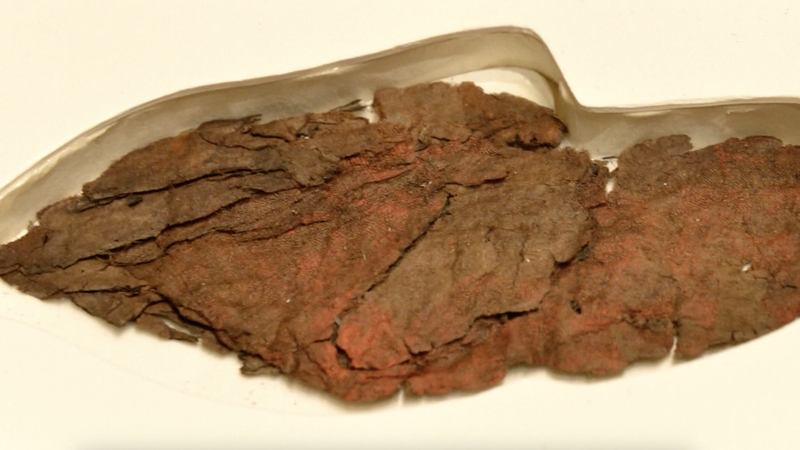
Two volumes of the over 2,300-year-old Chu Silk Manuscripts returned from the US arrive in Beijing; final volume to be displayed in July.

After 79 years in the U.S., the Zidanku Silk Manuscript volumes II and III—China’s earliest silk texts from the Warring States Period—have arrived in Beijing.
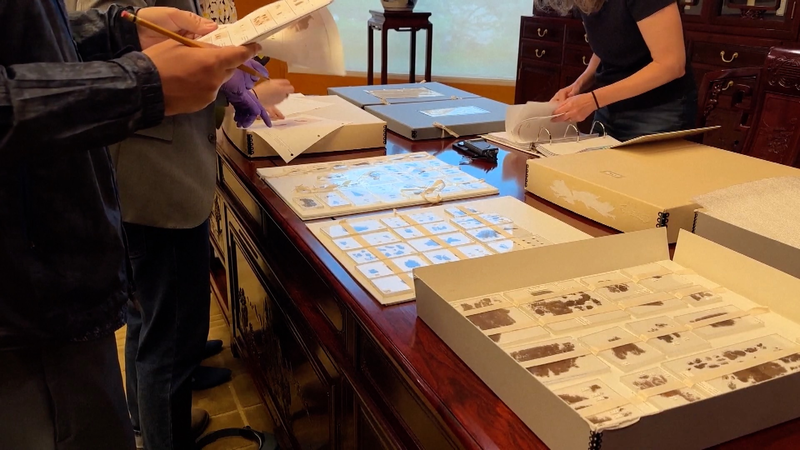
The Smithsonian’s National Museum of Asian Art has returned two Warring States silk manuscripts to the National Cultural Heritage Administration of the Chinese mainland.

The Smithsonian’s National Museum of Asian Art returns two Warring States-era Zidanku silk manuscripts to China’s National Cultural Heritage Administration.

The Chu Silk Manuscripts, a 2,300-year-old Warring States relic stolen in 1942 and now at the Smithsonian, are at the heart of a push for repatriation to China.